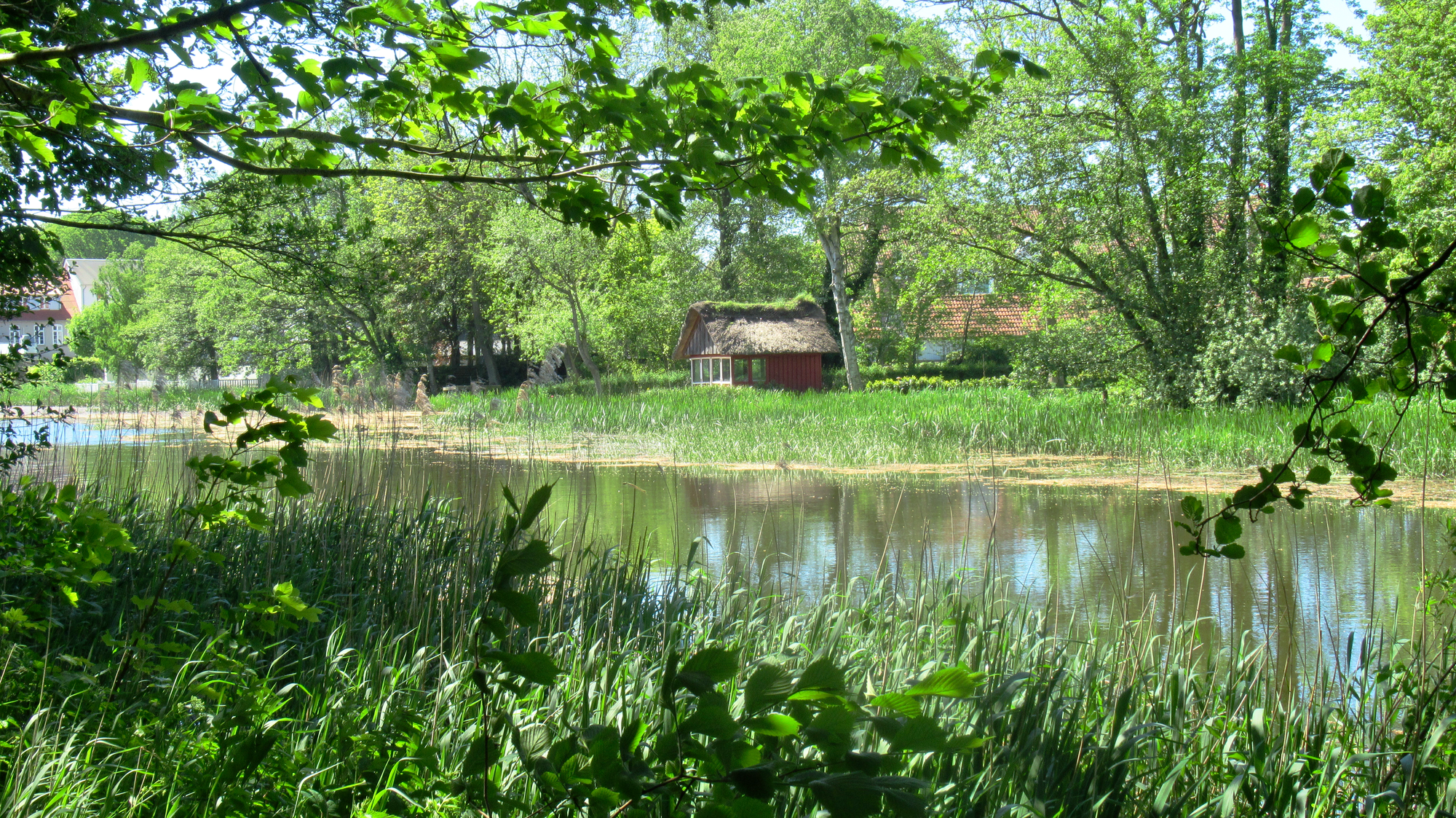Photos from Tønder
Snapshots from my first visit to Southern Jutland, Tønder commune in Denmark. (May 2024)
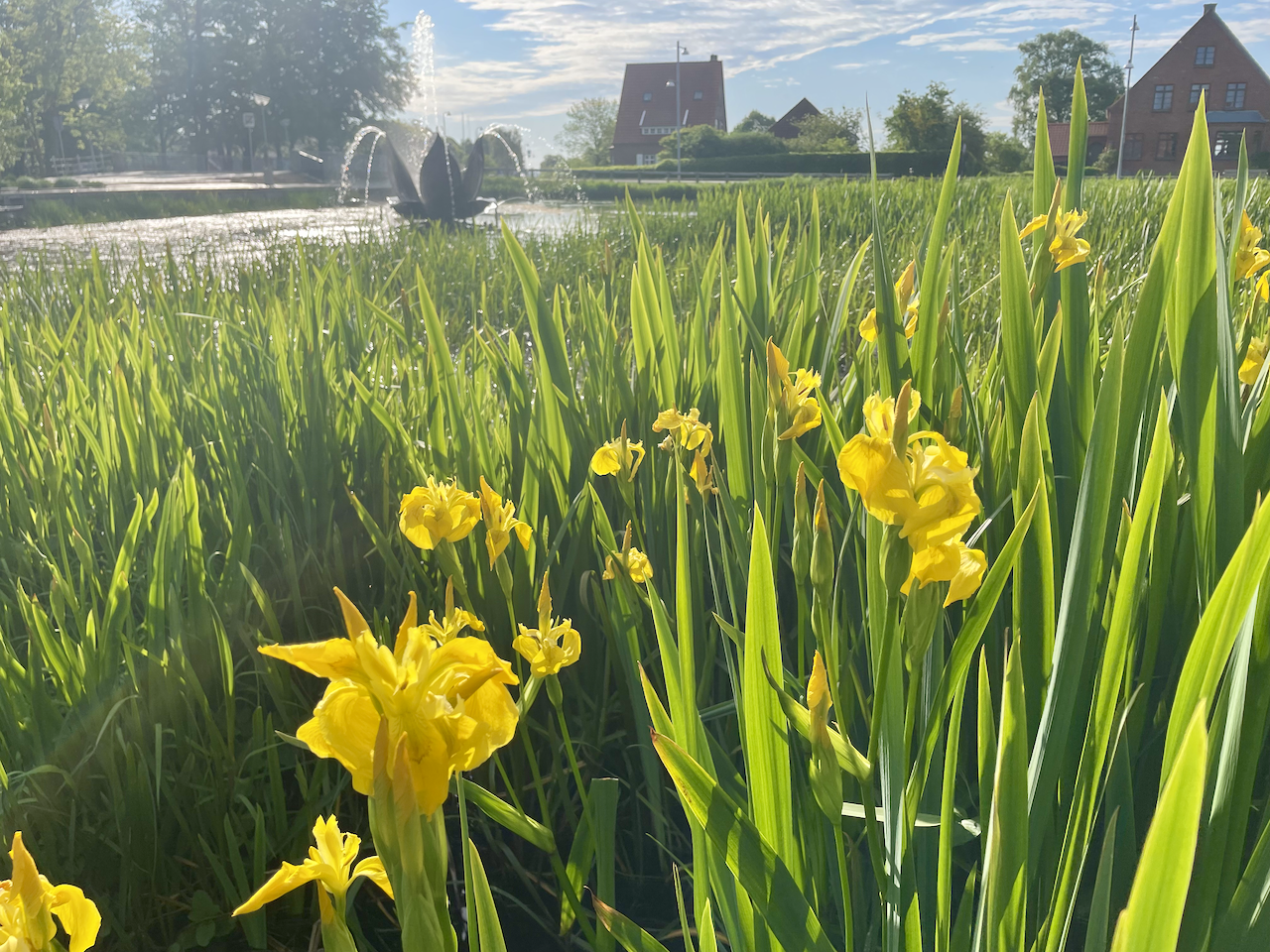
The very southern part of Southern Jutland is gorgeously picturesque. We really lucked out, weather-wise, with wide blue skies and cool winds from the north most days. I had hoped to make it to the seaside but it wasn't in the cards this trip, but Tønder's architectural charm and quick access to the surrounding farm and woodland more than made up for the lack of shorelines! I shared a few selfies over on Instagram, but as Tønder is one of Denmark's oldest mercantile towns, I knew I would want to make a photoblog of our trip.

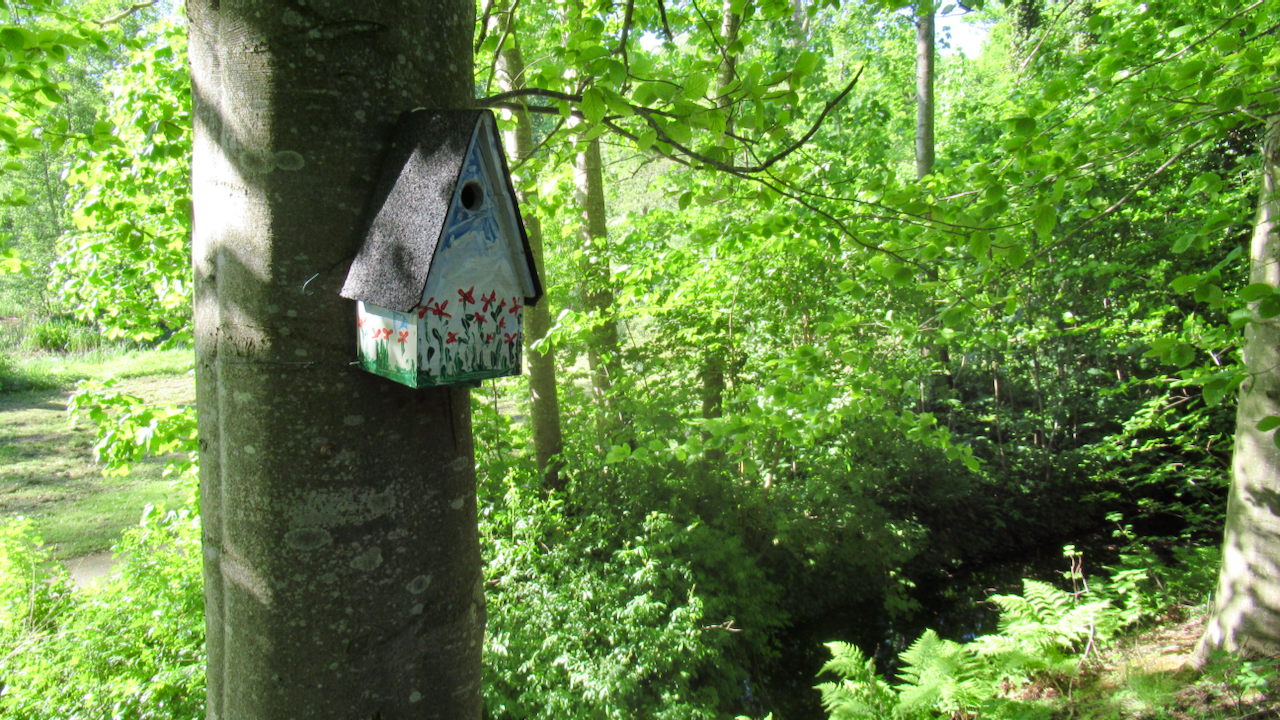


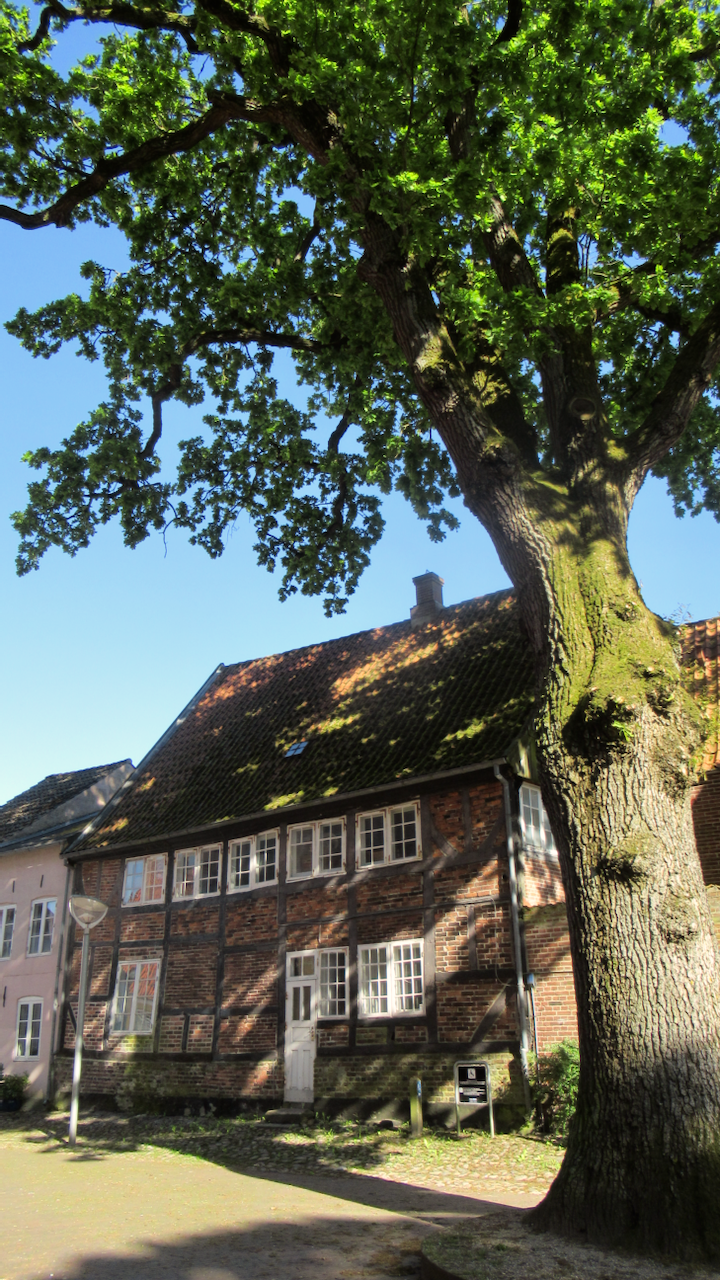
Some of the houses (and trees) in town showed their age in a few ways. The angles of this building, the moss growing on the roof, the visible tinder frames, have me guessing that some parts of this building could be as old as the mid 1700s. (I’m far from an expert on this, however, so don’t take my word for it!)
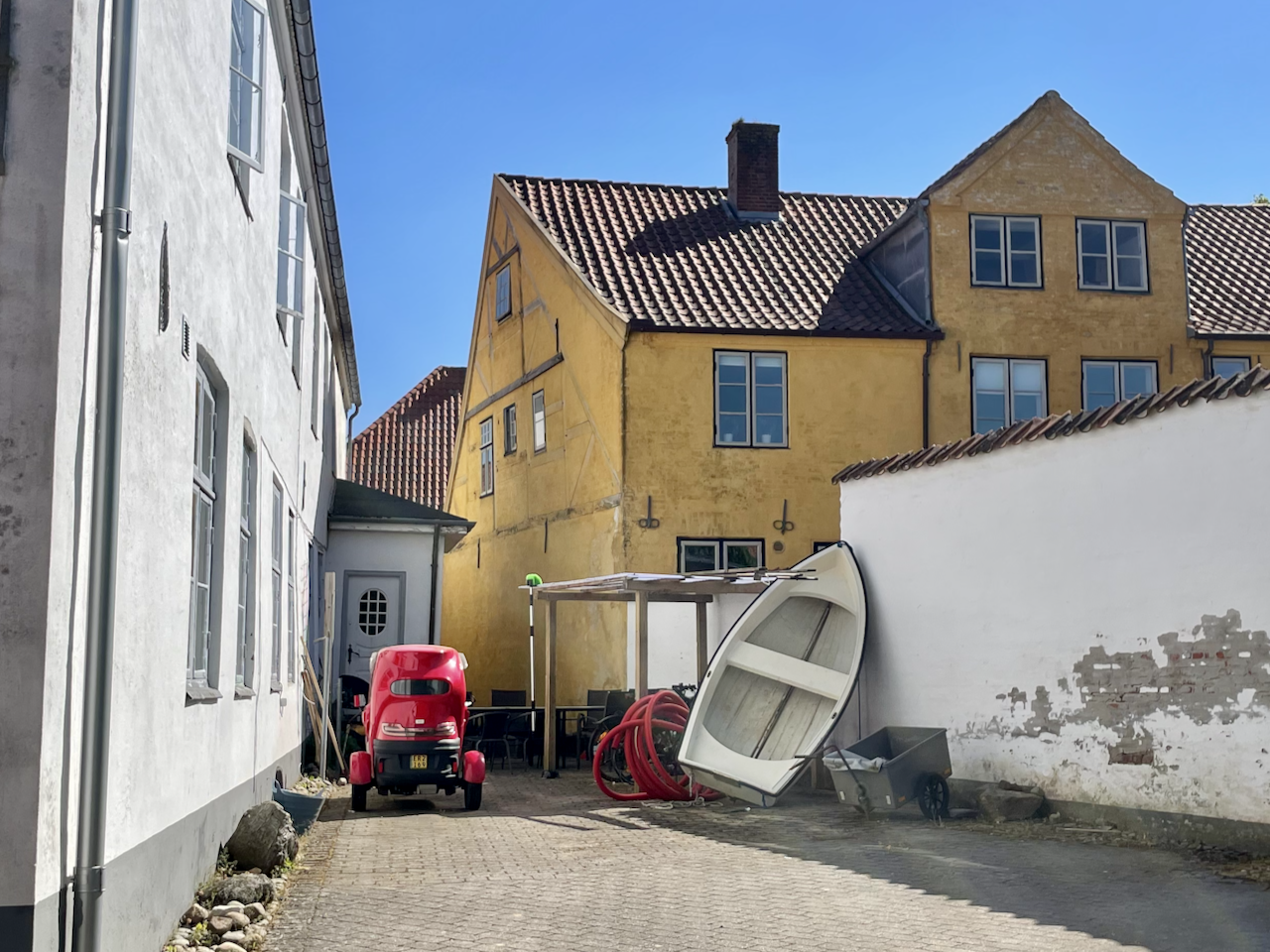

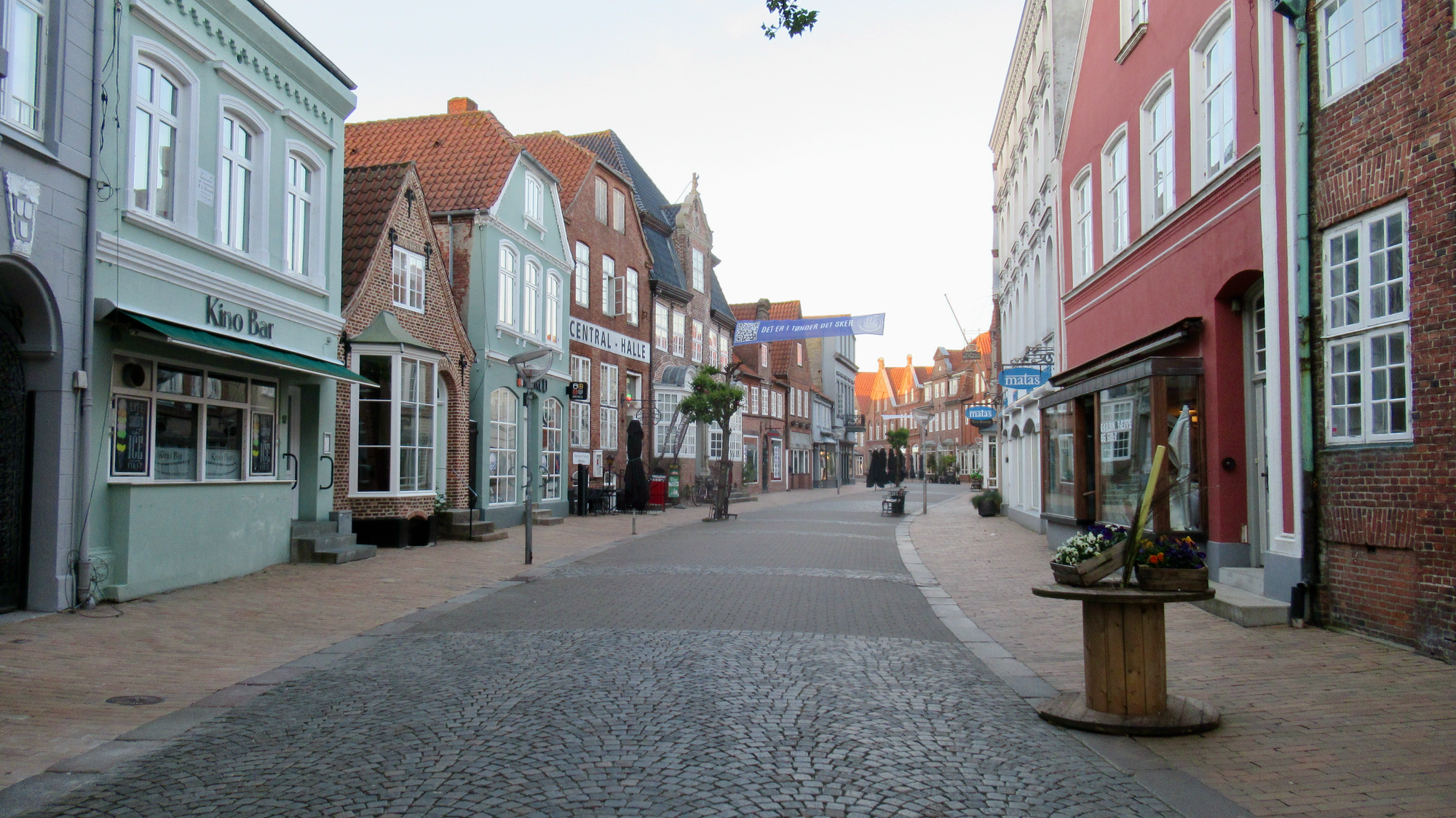

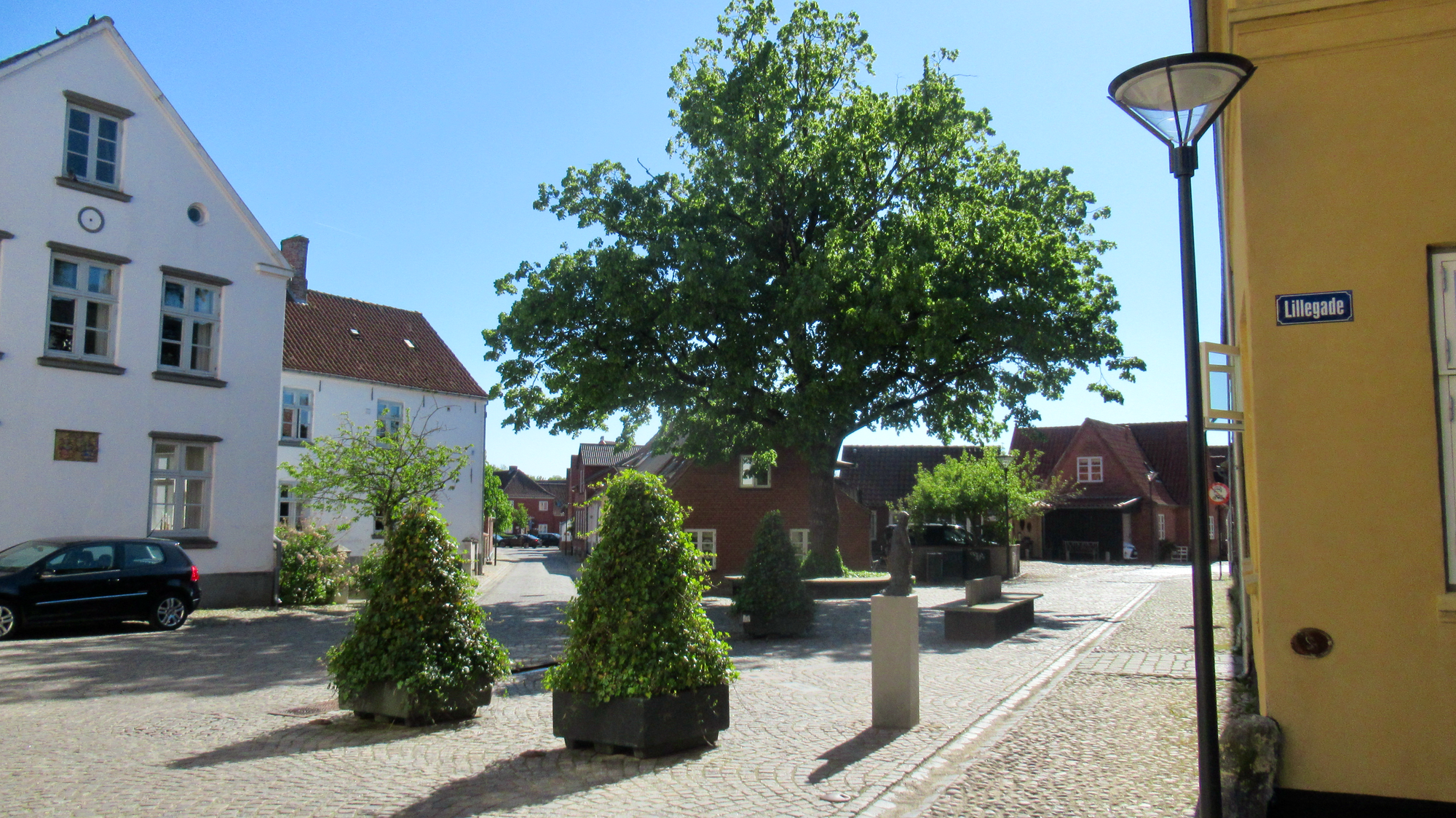
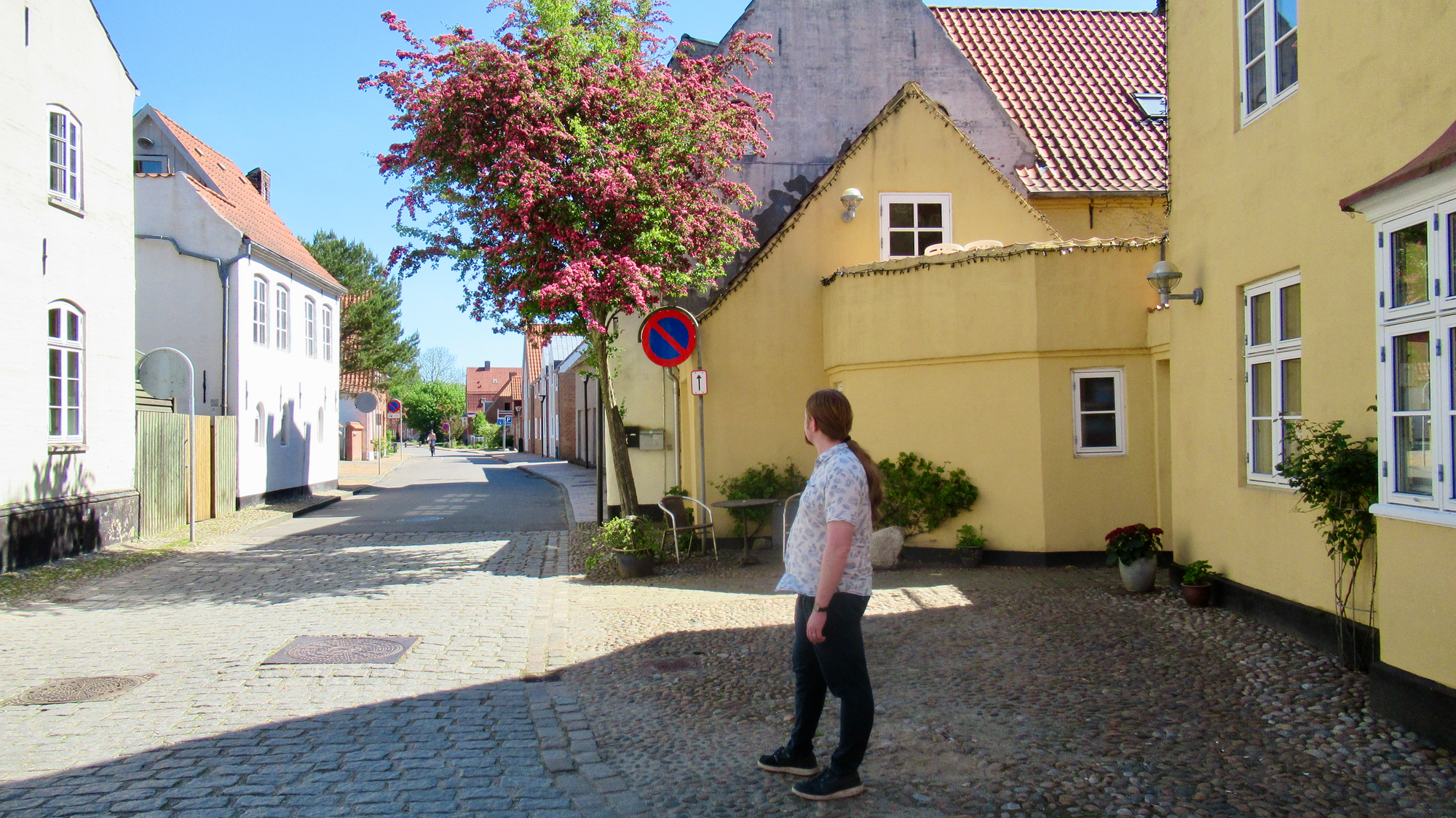
Because it’s such a small village, the main streets and old part of the town really empties out in the long evenings, even though the sun is still very bright in the sky.
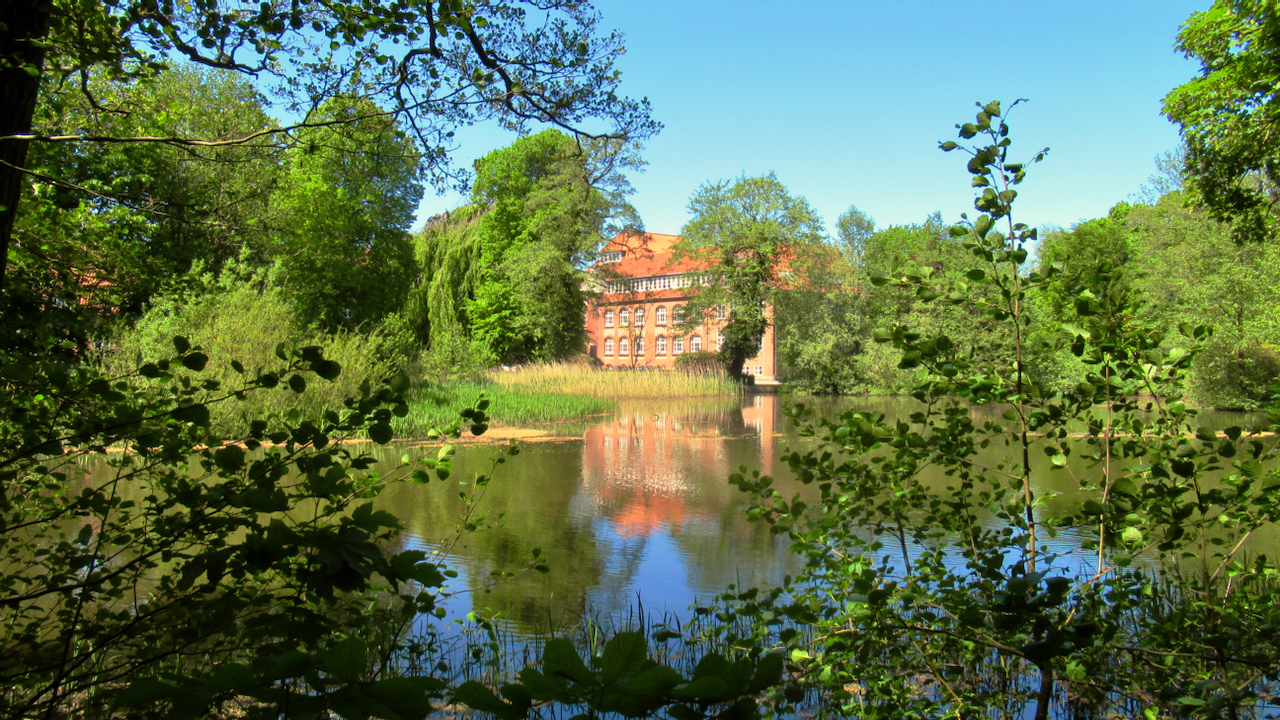
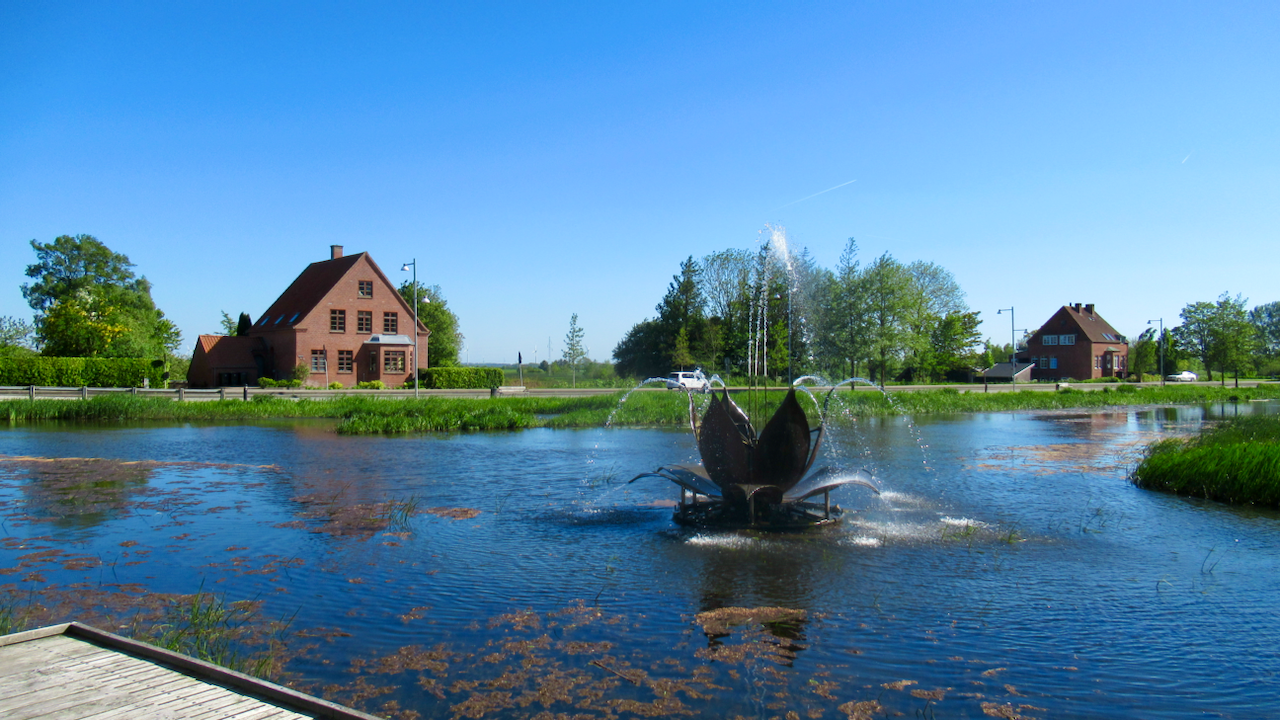
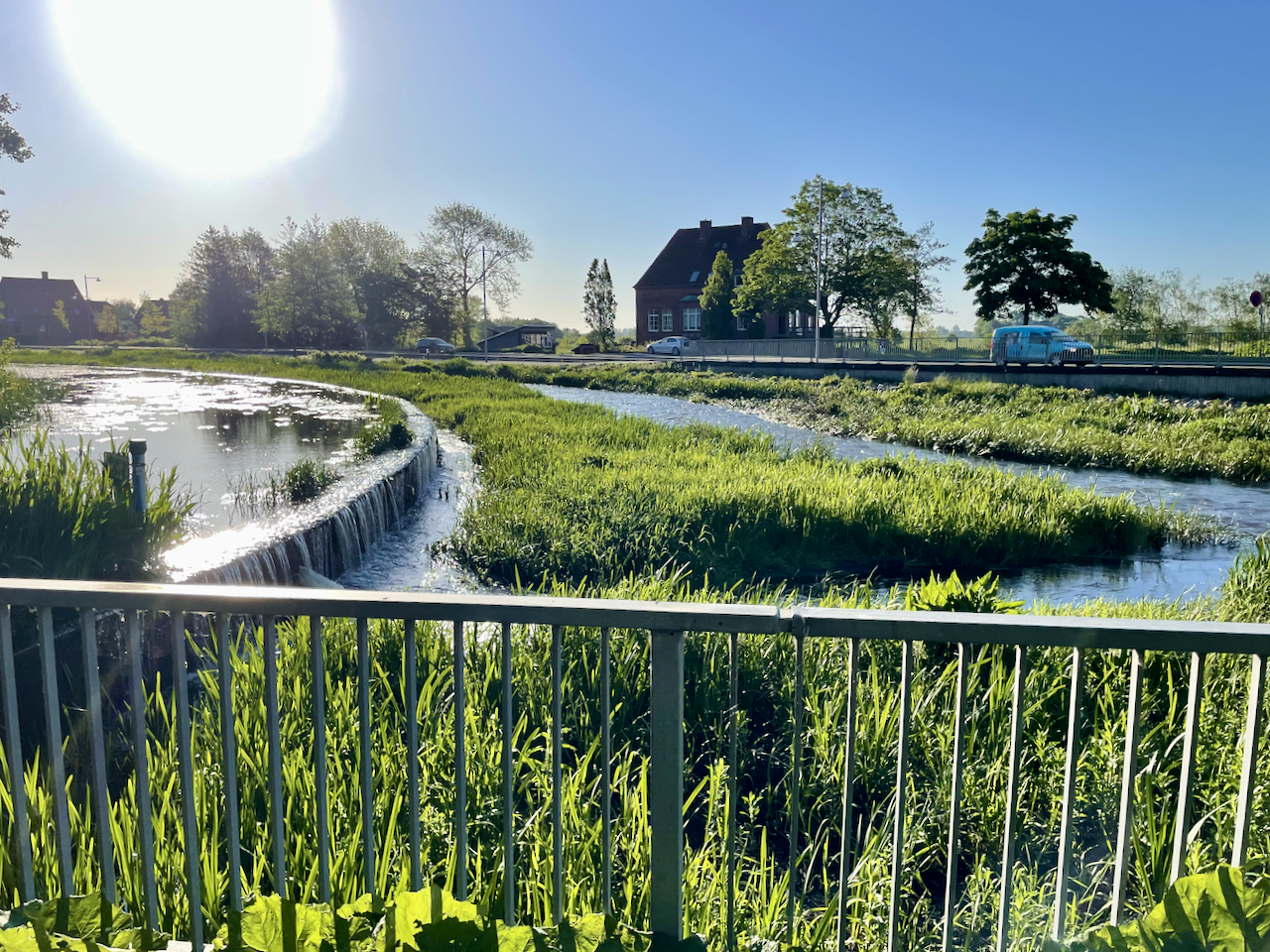
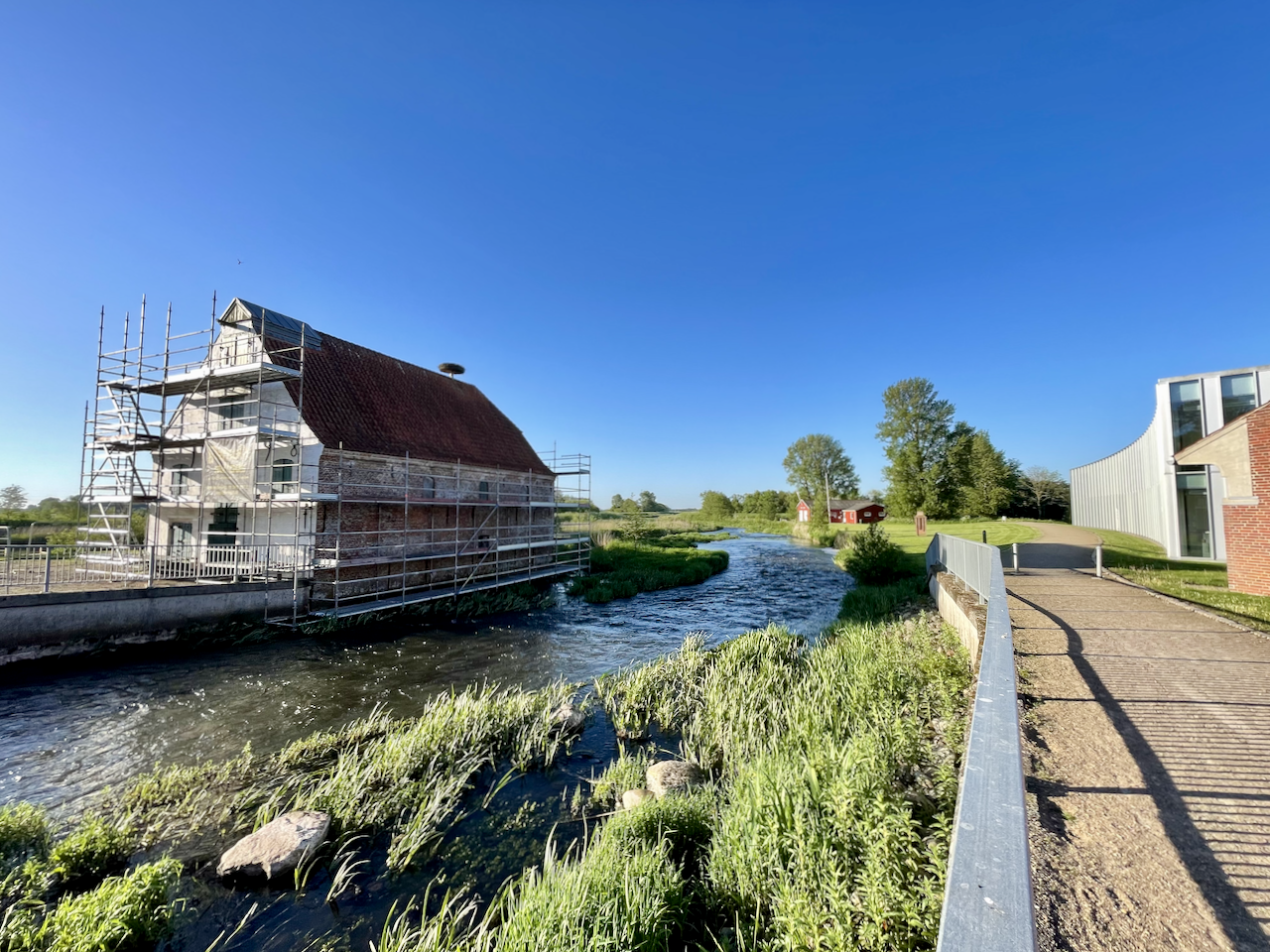
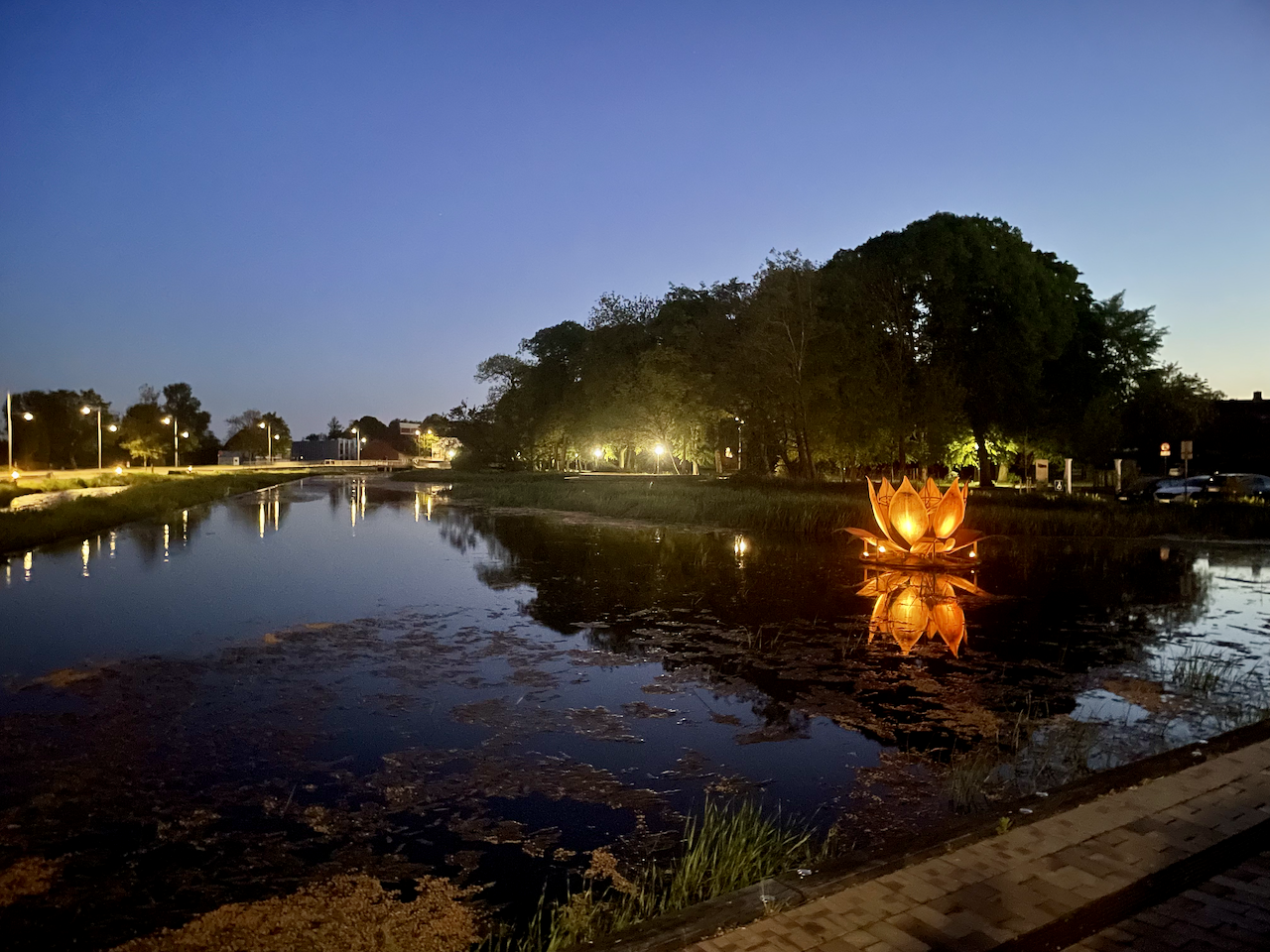
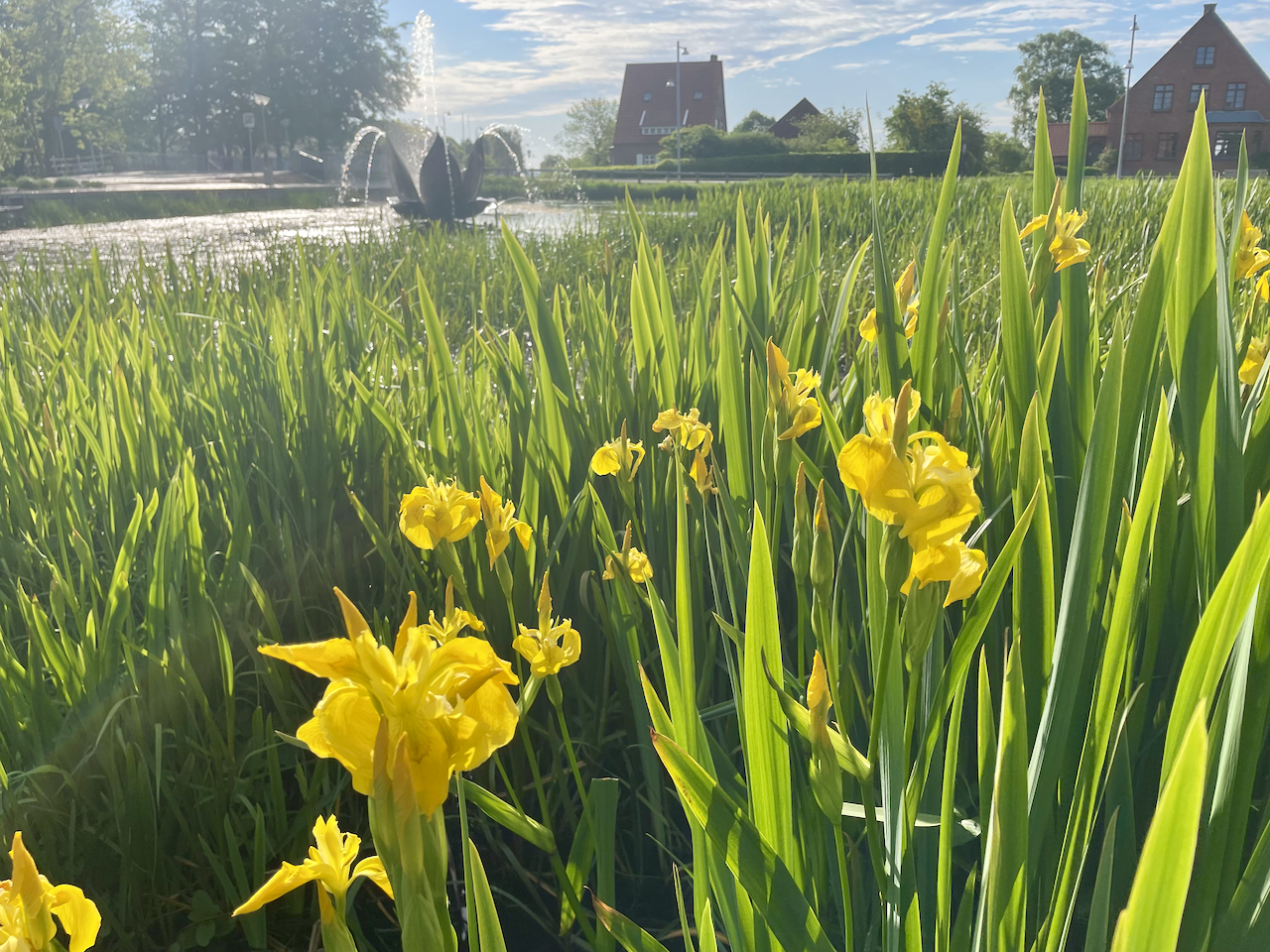
Many, many photos of the same part of the Vidå, by the Skulpturhaven. I love how this part of the stream is constructed, allowing for slow and fast water flow. There were so many river and field birds to be seen, and if I understand a nearby sign correctly, there are even river otters that sometimes hang out here. I loved the floral design of the fountain, and walking by this area every day was a real pleasure. (I was so distracted by the water every time we walked by the sculpture park that I completely forgot to take photos of the other sculptures! Ooops…)
